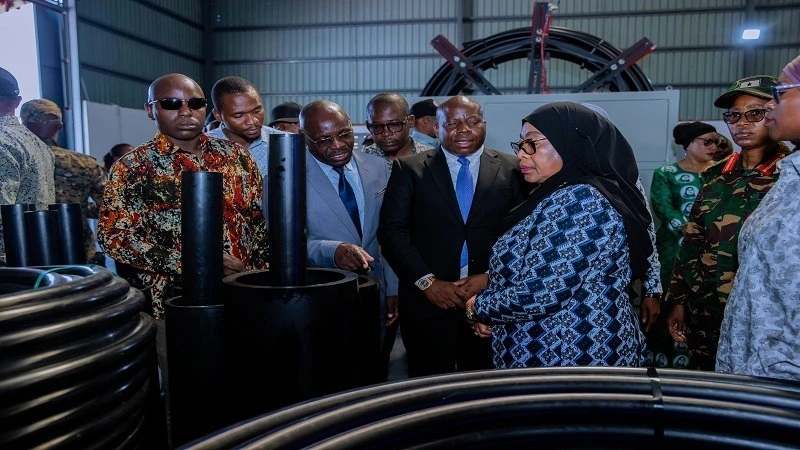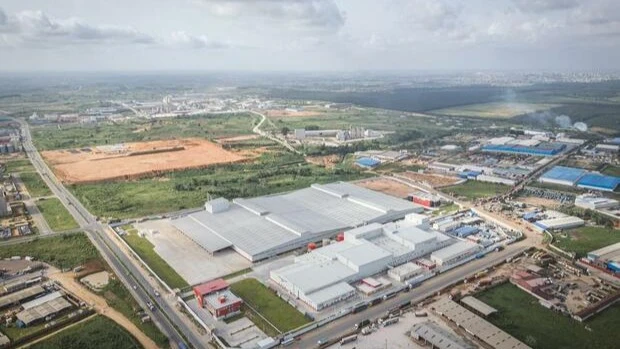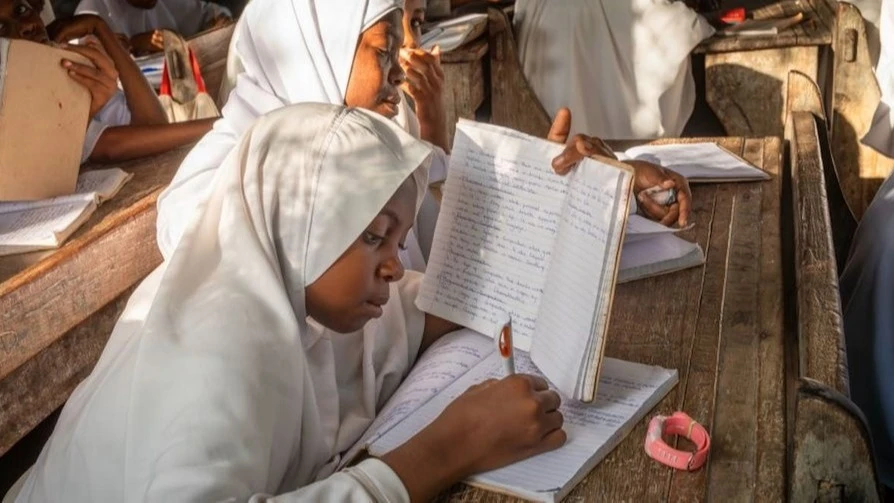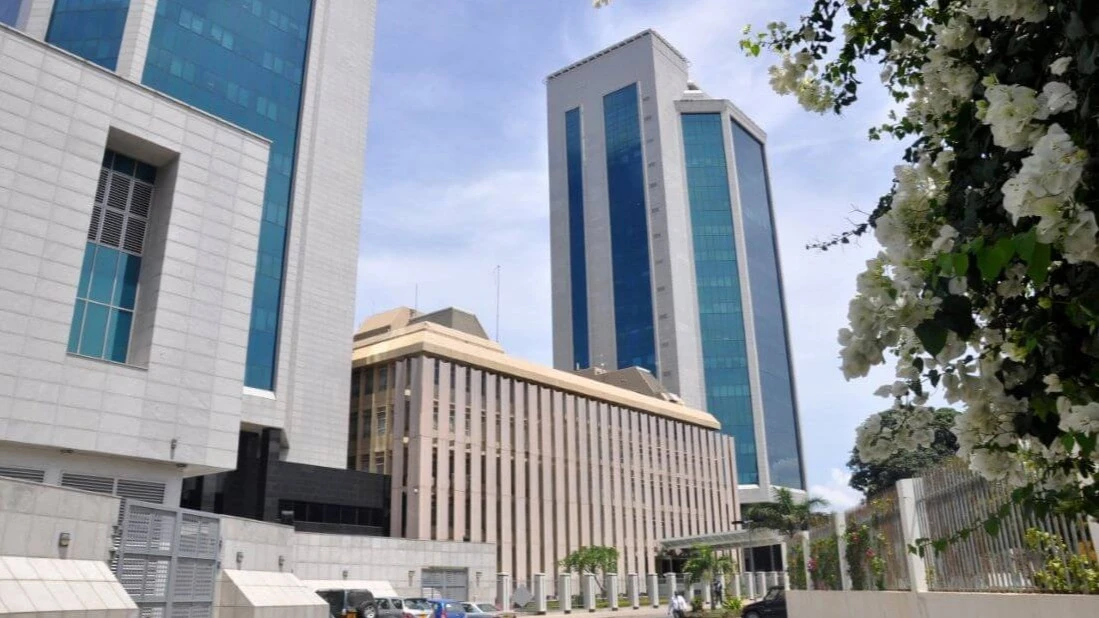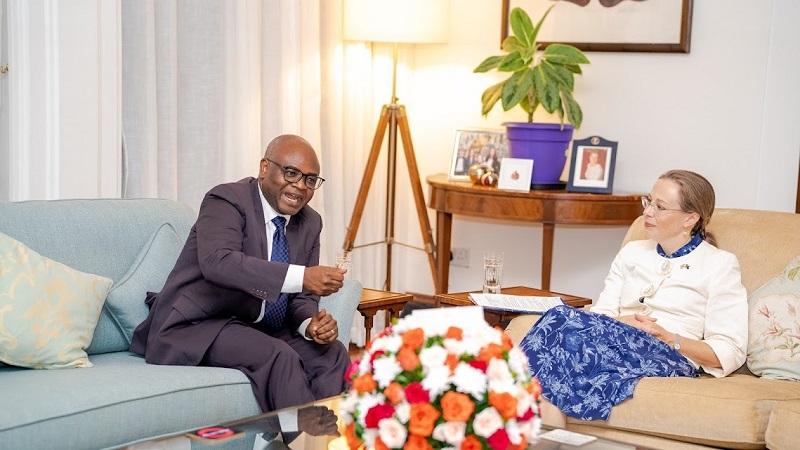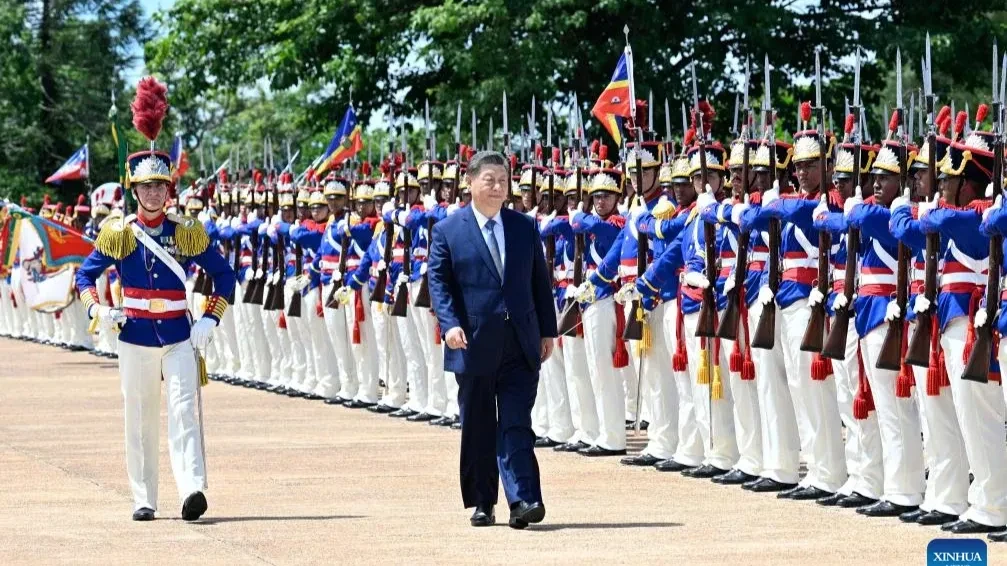Commodity price volatility is real risk for Africa, not Trump’s tariffs
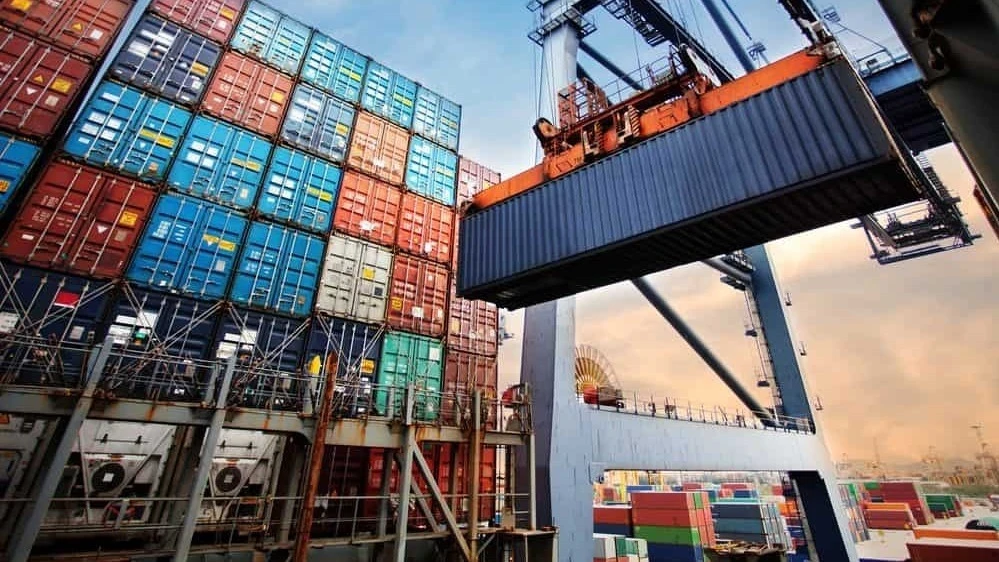
The new US trade tariffs introduced under the Trump administration may not hit African countries directly, but the nations could still face serious economic consequences.
Thirty-four countries have been enjoying preferential access to the US market through the African Growth and Opportunity Act (AGOA), which has waived duties on a wide range of products since 2000.According to a report by the Foundation for International Development Studies and Research (Ferdi), the real threat will come from increased volatility in commodity prices triggered by worsening trade tensions between China and the United States.
The document, titled “Impact of US Trade Policy on African Economies,” explains that although African exports like fuel and minerals are exempt from the new tariffs, the scale of the policy shift is still significant.
On April 8, the US had announced reciprocal tariffs on African countries ranging from 10 percent to 50 percent, Lesotho facing the highest rate. However, by April 9, the administration decided to pause this scenario and instead apply a flat 10 percent tariff on all exporters.
This change is a major shift for many African nations. Thirty-four countries have been enjoying preferential access to the US market through the African Growth and Opportunity Act (AGOA), which has waived duties on a wide range of products since 2000.
In addition, 35 African countries have benefited from the US Generalized System of Preferences (GSP), which has kept average tariffs around 1.3 percent for their exports.
Despite the rise in tariffs, Ferdi notes that most African countries will not feel an immediate shock. The US only accounts for 6 percent of Africa’s total exports. For 25 countries, the US share is under 2 percent. In fact, 32 countries send less than 4 percent of their exports to the U.S.
Top African exporters to the U.S. last year included South Africa ($14 billion), Nigeria ($5.7 billion), Ghana ($1.7 billion), Angola ($1.2 billion), and Côte d’Ivoire ($948 million).
Yet, when combining tariff exposure and trade dependency, only ten countries appear truly vulnerable: Lesotho, Mauritius, Madagascar, Kenya, Côte d’Ivoire, Liberia, Ethiopia, Malawi, South Africa, and Senegal.
On the flip side, oil, gas, and mining exporters such as Angola, Algeria, Libya, Chad, the Democratic Republic of Congo, and Ghana are not expected to be severely affected because their main goods are exempt.
The bigger risk, the report warns, comes from what could happen if trade tensions escalate. China is Africa’s biggest trading partner and a key buyer of raw materials like oil, copper, and other metals. If the Chinese economy slows due to a trade war with the US, its demand for these goods would drop, pulling global prices down.
This pattern is not new. Back in 2018 and 2019, during earlier rounds of US-China tariff fights, oil and metal prices dropped. Now, a similar trend could hit again.
Even before the current trade flare-up, prices had already been declining due to sluggish global growth and oversupply. The World Bank expects commodity prices to fall by 12 percent in 2025 and another 5 percent in 2026.
A steeper fall could occur if tensions grow or if uncertainty worsens. That would slash export revenues across Africa, where more than half the countries depend on oil, gas, minerals, or metals for at least 60 percent of their export income.
Another concern is that global supply chains could become more fragile and expensive. Delays in shipping and rising costs would hurt African exporters, especially those selling raw materials. This could make commodity markets more unstable.
Lastly, a drop in commodity prices, especially during times of trade friction, could drive up borrowing costs. Investors might become more risk-averse, making it harder for African nations to access global financial markets. That would make an already challenging situation even tougher.
Data show Africa's commodity prices in 2025 are expected to remain highly volatile and challenging, influenced by a complex interplay of global economic, geopolitical, and environmental factors.
While overall commodity prices are projected to decline, this will create both opportunities and significant challenges for African economies, depending on their specific commodity dependencies
Weakening global growth, coupled with trade tensions and protectionism, is a key factor expected to put downward pressure on overall commodity prices in 2025.
Ongoing geopolitical conflicts, particularly the Russia-Ukraine conflict and Middle Eastern instability, will continue to cause sudden price spikes in energy and food commodities.
While global inflation is expected to ease, it remains a concern, and commodity price fluctuations can worsen inflationary pressures, especially for net importers. The balance between global supply and demand for specific commodities will be crucial.
Oversupply in some markets (like crude oil) could keep prices subdued, while supply constraints in others (like certain edible oils) could lead to surges.
Unpredictable weather patterns, including droughts and extreme temperatures, will significantly impact agricultural output and thus food commodity prices.
Long-term trends like the global energy transition are reshaping commodity markets, supporting sustained demand for some key commodities (e.g., certain metals) while impacting others.
Shifts in US trade policy and the recovery and stimulus measures in China will significantly influence metal and energy prices. A stronger US dollar can make dollar-denominated commodities more expensive for countries with weaker currencies, adding to import costs.
Top Headlines
© 2025 IPPMEDIA.COM. ALL RIGHTS RESERVED













